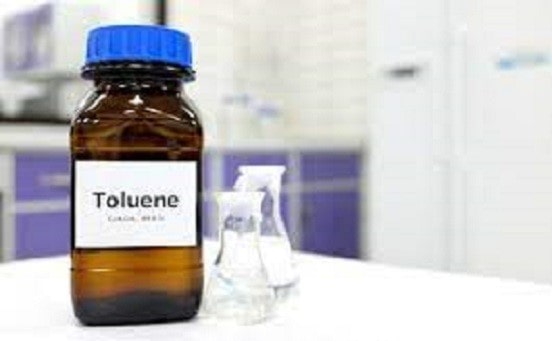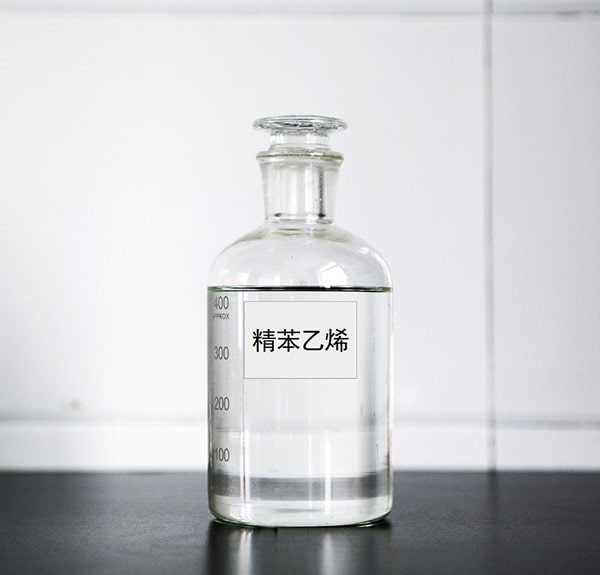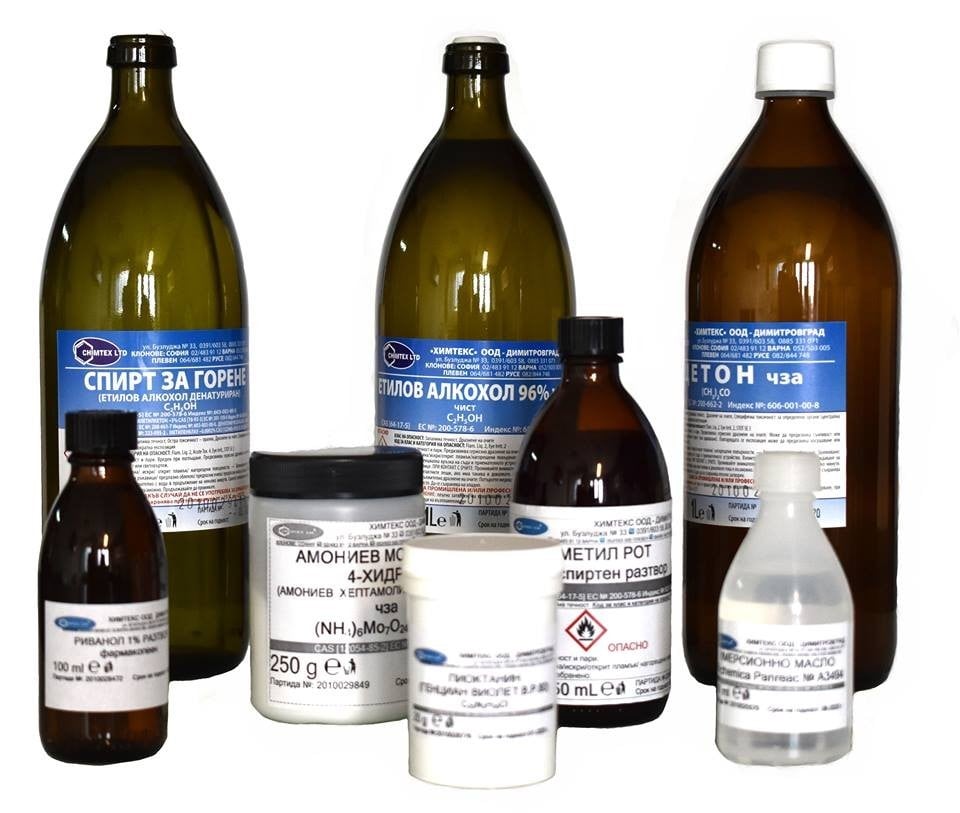What is a polystyrene solvent? Polystyrene is considered a suitable material for use in various plastic products. The largest method of polystyrene processing is done through gasoline.
The process is to combine gasoline with ethylene to become alkylated, and then perform dehydrogenation operations using aluminum chloride, silica, solid phosphoric acid, and aluminum-styrene catalysts.

Toluene
Checking the polystyrene solvent
Since the most important solvents for polystyrene include tetrahydrofuran and diethyl ether, toluene is intended to investigate their performance. Polystyrenes are produced by combining gasoline, ethylene, and ethylbenzene. Styrofoams are obtained by hydrogenation from ethylbenzene.
Oxygen and light or oxidizing agent can act as a catalyst and release polymerized radicals using polymerization operations. In this way, these agents contribute to the oxidation of polystyrene.
Other types of polystyrene solvents include amine and ethyl acetate. Other options include aromatic hydrocarbons and chlorine, which are known as solvents along with toluene. It should be noted that each of these options is itself divided into smaller batches of solvents.
The structure of polystyrene is such that it does not react with ordinary alkalis and acids and is ineffective. Another active ingredient in polystyrene is oxygen with ozone, which reacts when exposed to light at high temperatures.
Suspension polymerization
Following the introduction of polystyrene solvent, we intend to deal with the suspension polymerization of polystyrene, which is dissolved in the monomer using a catalyst and allows it to be filled in water. A separate suspending agent is added separately to stabilize the resulting suspension.
Some factors cause the suspension to be made of polystyrene. The most common suspending agents include cellulose and pectins, polyacrylic acid, gelatin, polyvinyl alcohol.
Regarding suspenders, some factors are inorganic, including magnesium silicate and kaolin, aluminum hydroxide, zinc oxide, phosphates.
The use of a suspension polymerization process controls the size and size distribution of the polymer particles. This performance is usually considered an art.
Other factors affecting the size are polymers and their distribution relative to monomers to water and solvents. Other suspending agents are the type of initiators, heat, reaction, and consumption used as the suspending agent.
Mass polymerization of polystyrene
The process of bulk polymerization involves exposing the monomers without polystyrene solvent in the presence of primers, which often use benzoyl peroxide, in a container.
The result of this process is a mixture of monomers with primers in the form of a polymer solid. It then takes the form of a container in which the process takes place.
This method is usually used to produce casting or molding parts such as plastic igniters in small and large shapes. However, this operation causes problems such as defects or hot spots on the parts, which must be prevented by performing safety processes.

Mass polymerization of polystyrene
Physical properties of polystyrene
The weight reported for polystyrenes is between 1.09 – 1.04, which becomes soft in the presence of 90 ° C. Normally polystyrene is a hard polymer and at the same time brittle and transparent. It can transmit up to 90% of normal light.
This type of polymer has a very low ability to absorb moisture. Other features include good insulation performance against electricity.
If you want to identify polystyrene, you can detect it by ignition test. In this way, polystyrenes can start burning when in contact with the flame and continue to burn after removing the flame.
The flame from the burning of polystyrenes is yellow and the smoke is accompanied by carbon particles and is black. In simple terms, the smoke from the burning of these materials is thick.
Another visible feature for detecting polystyrene during the burn test is flame dripping. It also emits an odor that is similar to the smell of natural gas.

